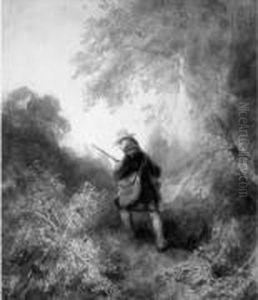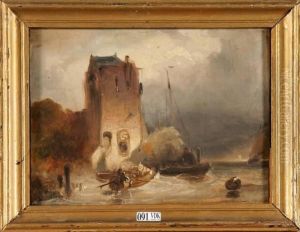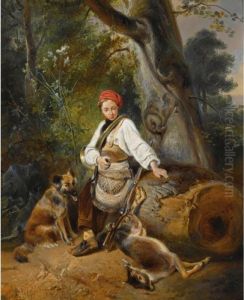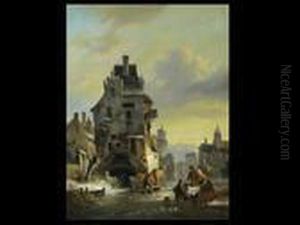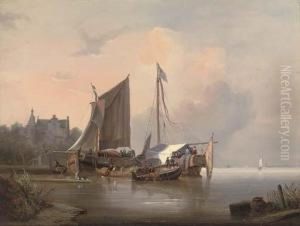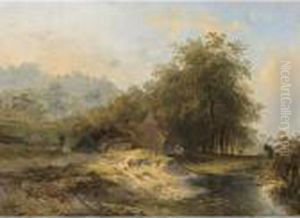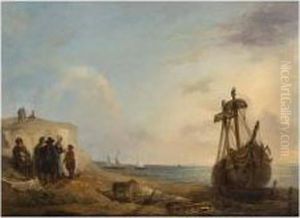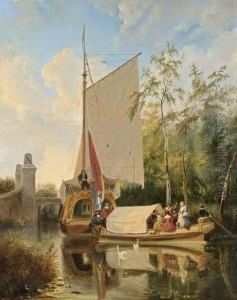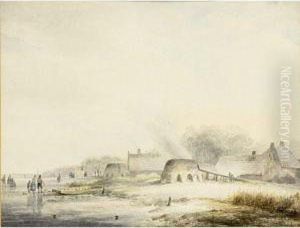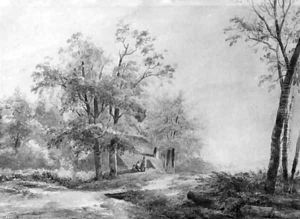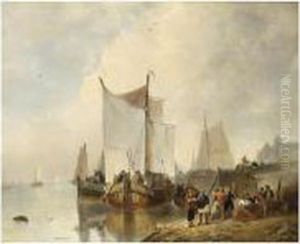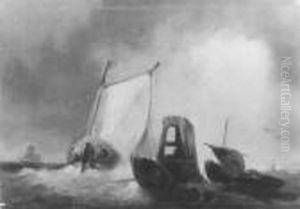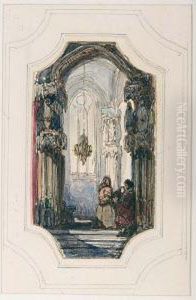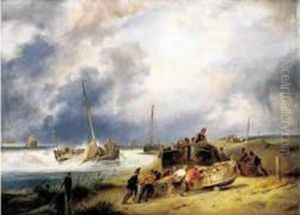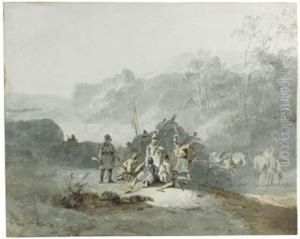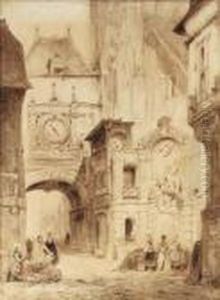Wijnandus Johannes Josephus Nuijen Paintings
Wijnandus Johannes Josephus Nuijen was a Dutch painter and printmaker who is known for his early adoption of the Romantic style in the Netherlands. Born on March 4, 1813, in The Hague, Nuijen was a prodigious talent from a young age. Despite his short life, dying at the age of 26 on June 2, 1839, he left a significant impact on Dutch art with his dynamic landscapes, seascapes, and city views.
Nuijen's work is characterized by its dramatic use of color and light, elements that were inspired by the Romantic movement that emphasized emotion and individualism as well as glorified the past and nature. He was particularly influenced by the works of British and French artists of the time, which was evident in his adoption of more vivid and expressive techniques compared to the more subdued Dutch tradition.
He began his artistic training at the Royal Academy of Art in The Hague, where he was exposed to the works of contemporary artists and the classics of European art. Nuijen's talent was recognized early on, and he quickly developed a distinctive style that set him apart from his peers.
Despite his career being short-lived due to his untimely death from tuberculosis, Nuijen's contributions to Dutch art were significant. He was one of the pioneers in introducing Romanticism to the Netherlands, influencing the next generation of Dutch artists. His works, particularly his atmospheric landscapes and stormy sea scenes, are celebrated for their emotional depth and technical skill.
Nuijen's legacy is preserved in various Dutch museums, including the Rijksmuseum in Amsterdam, where his works continue to be admired for their vibrant energy and pioneering spirit in Dutch Romantic art.
